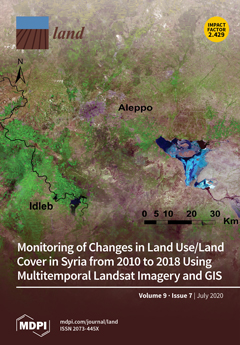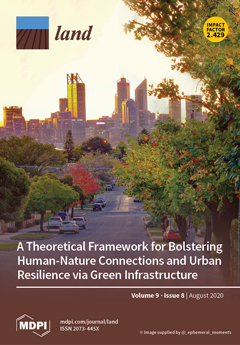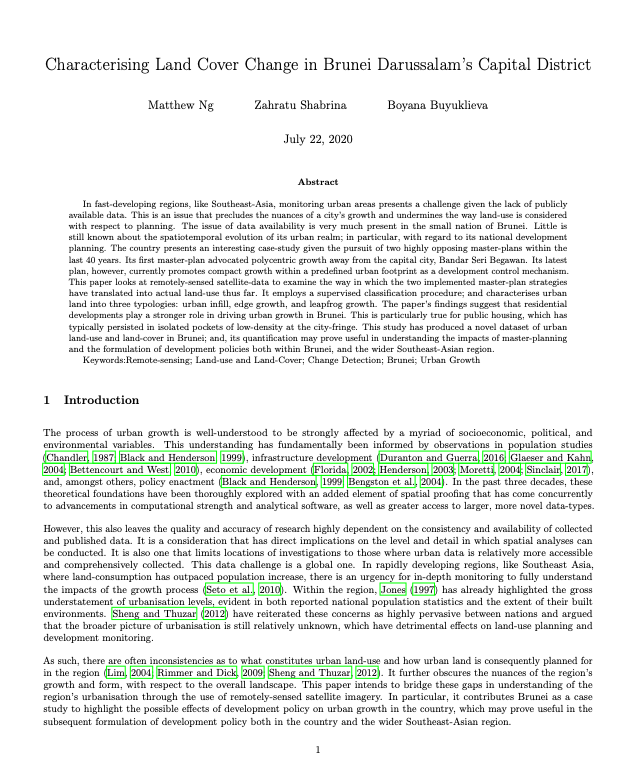A Study on Promoting Land Readjustment in Support of Compact Strategy for Efficient Urban Development in South East Asia - Case Study of Brunei
Countries in South-East Asia are experiencing rapid urbanisation and Land Readjustment is one of the potential methods of land development that could help solve some of the urban problems such as urban sprawl and inadequate infrastructure. While Land Readjustment is beneficial, it is often very complex particularly for developing countries to undertake due to the weak institutional system and also lack of technology.








